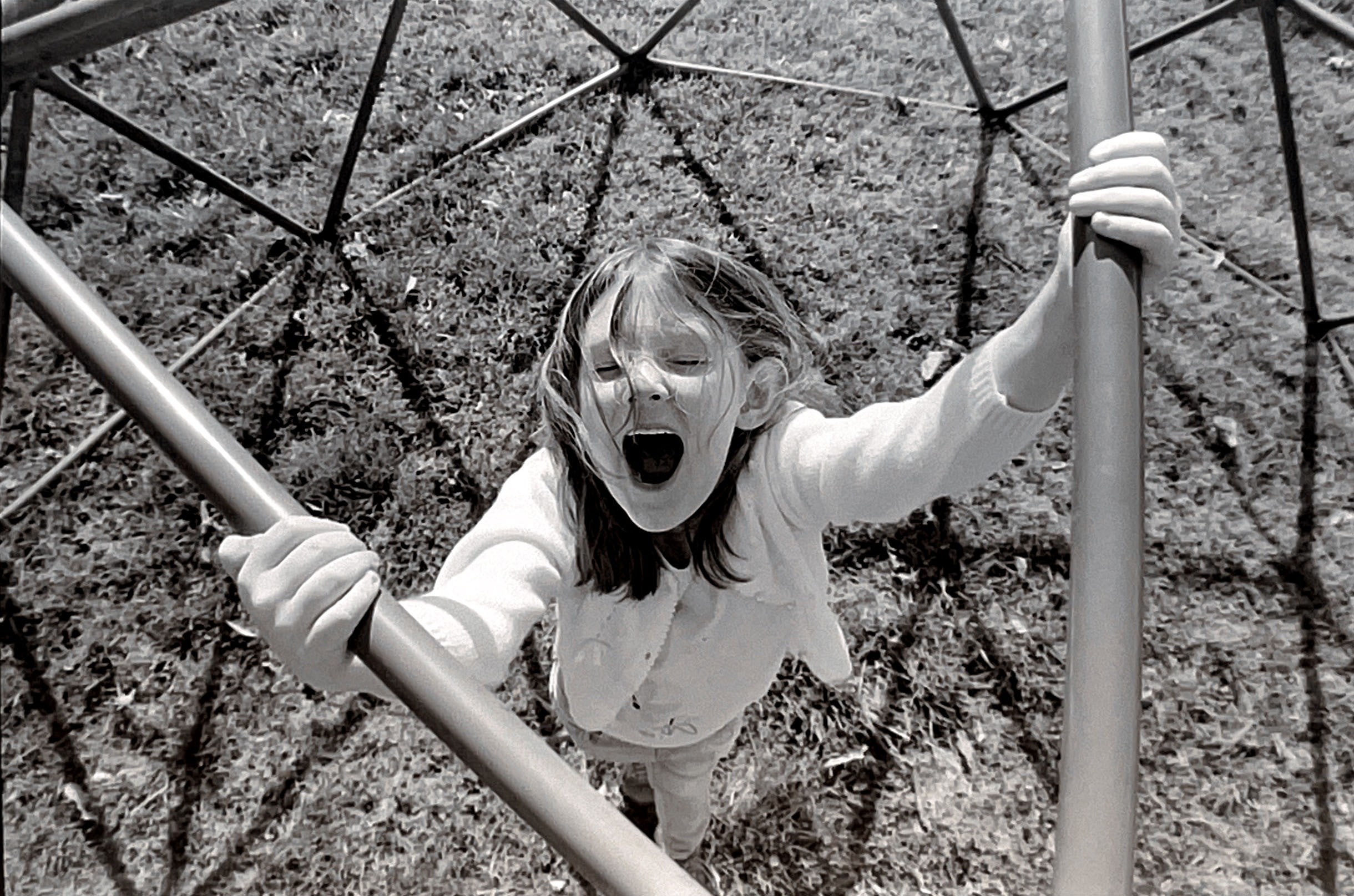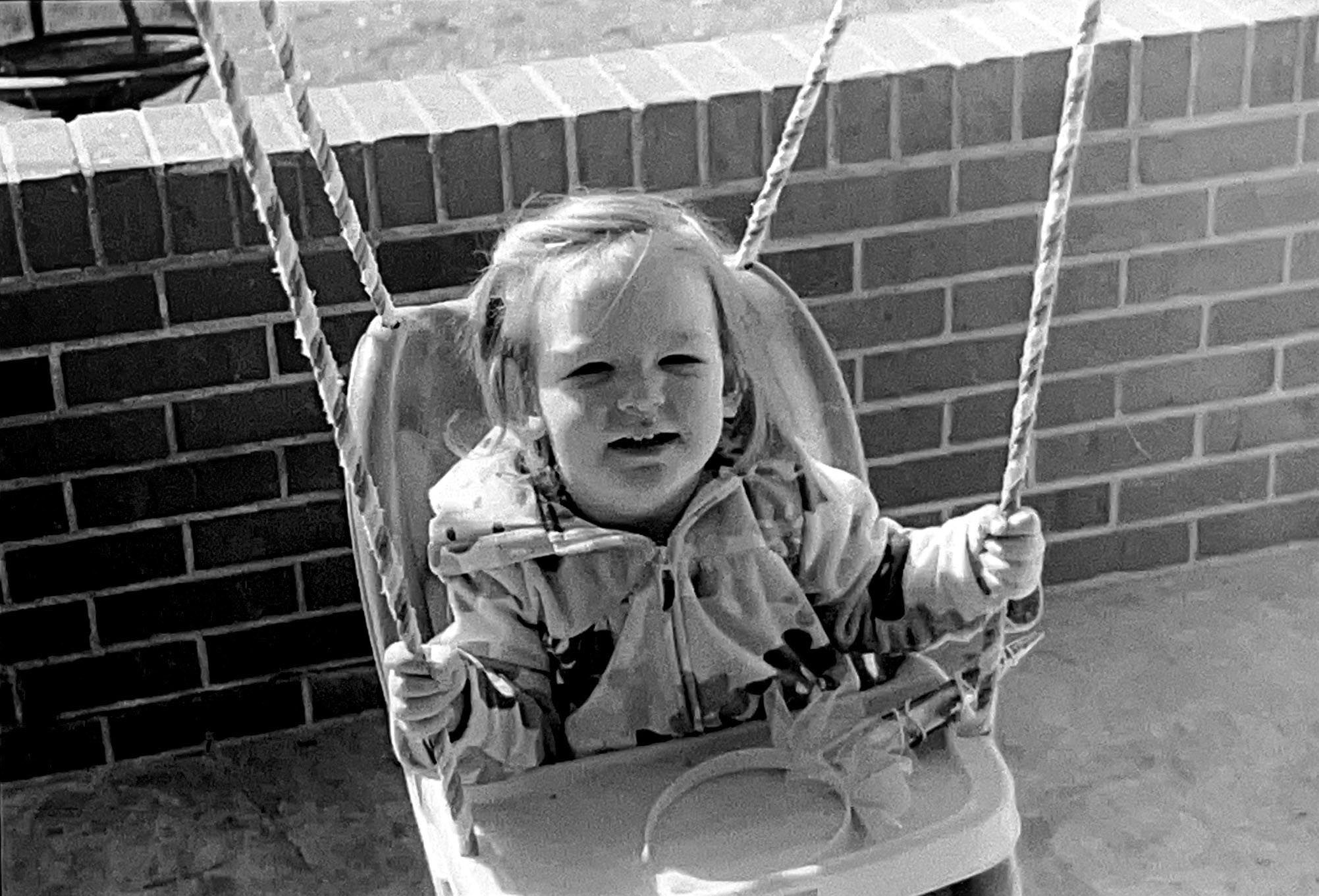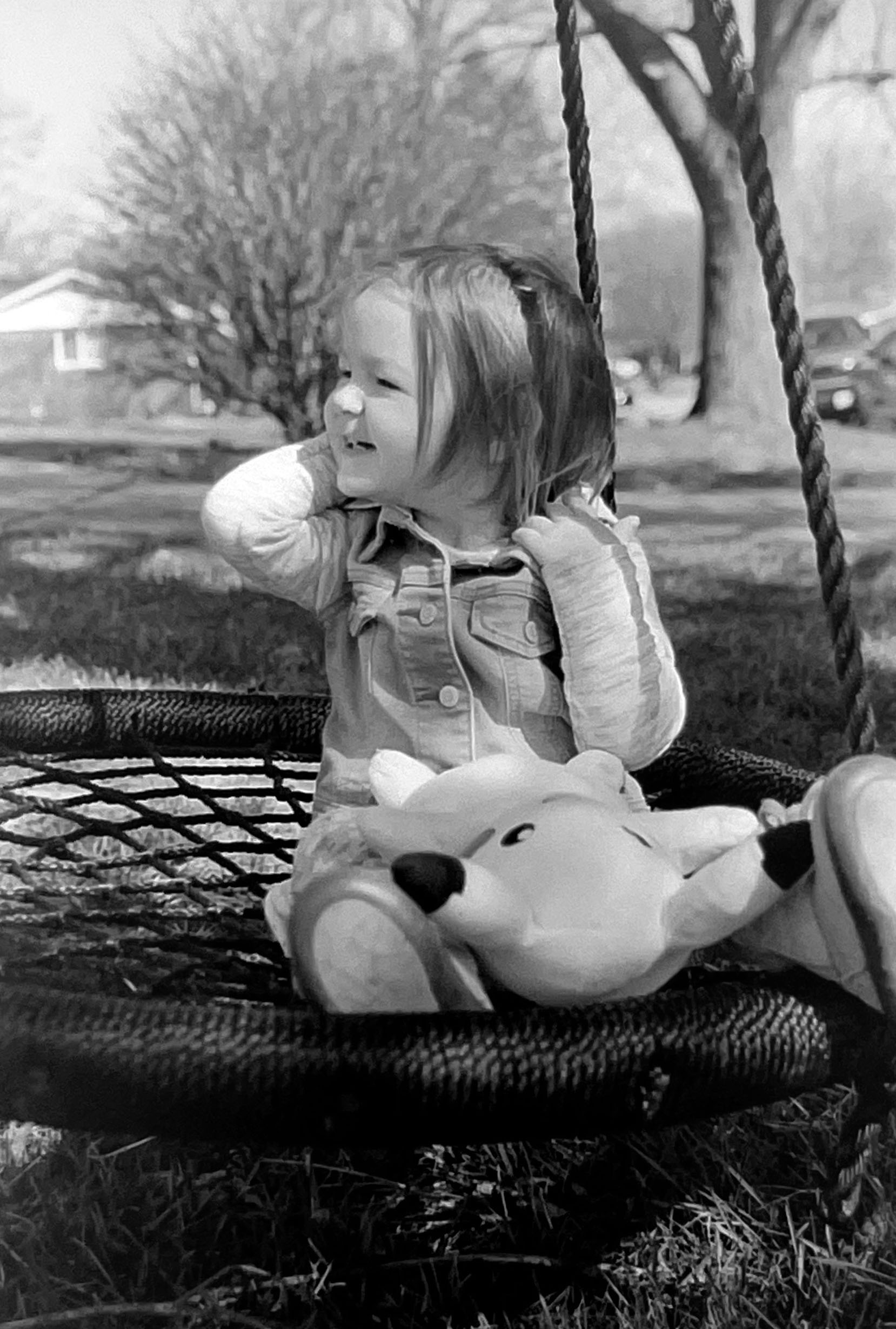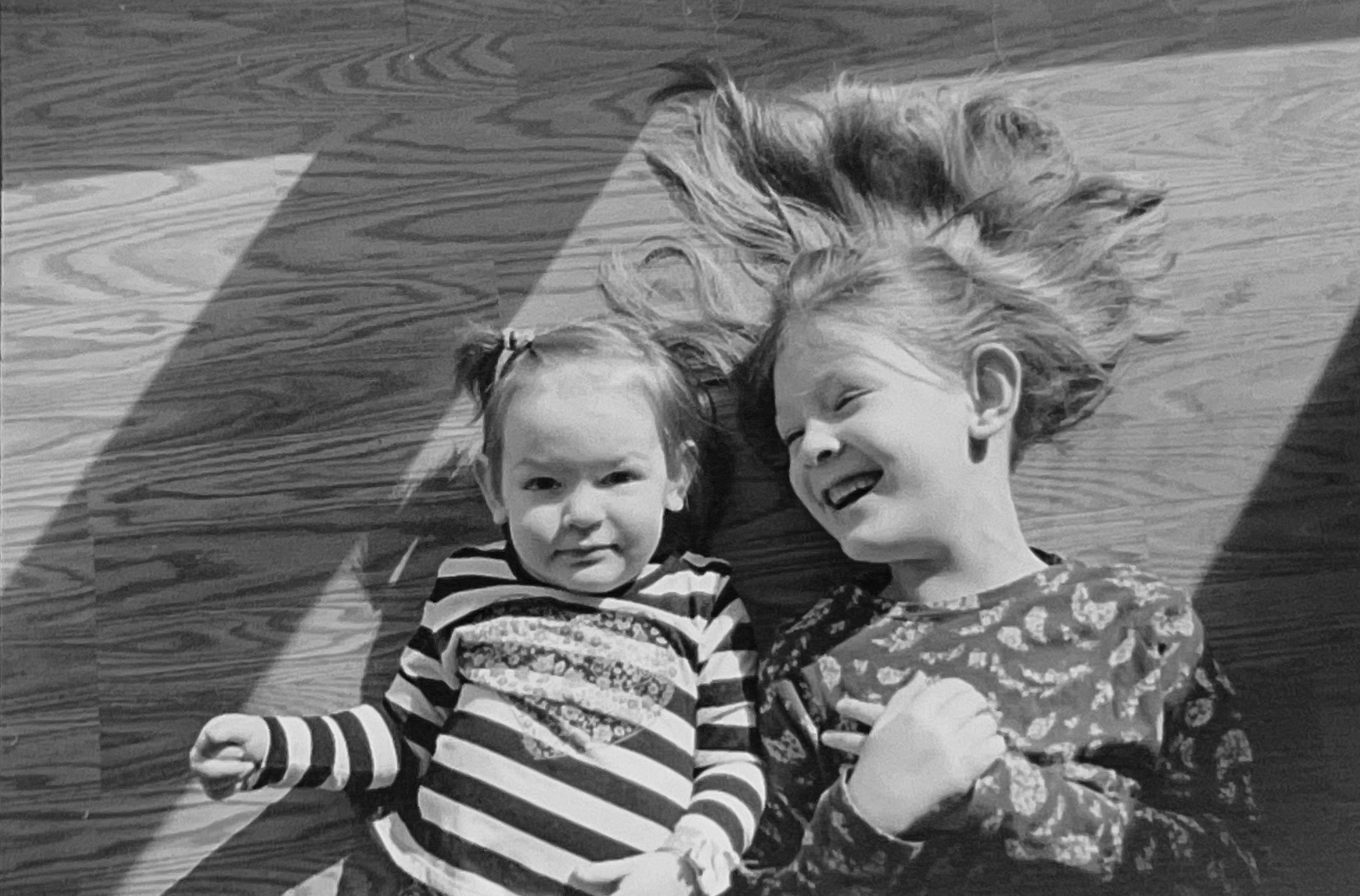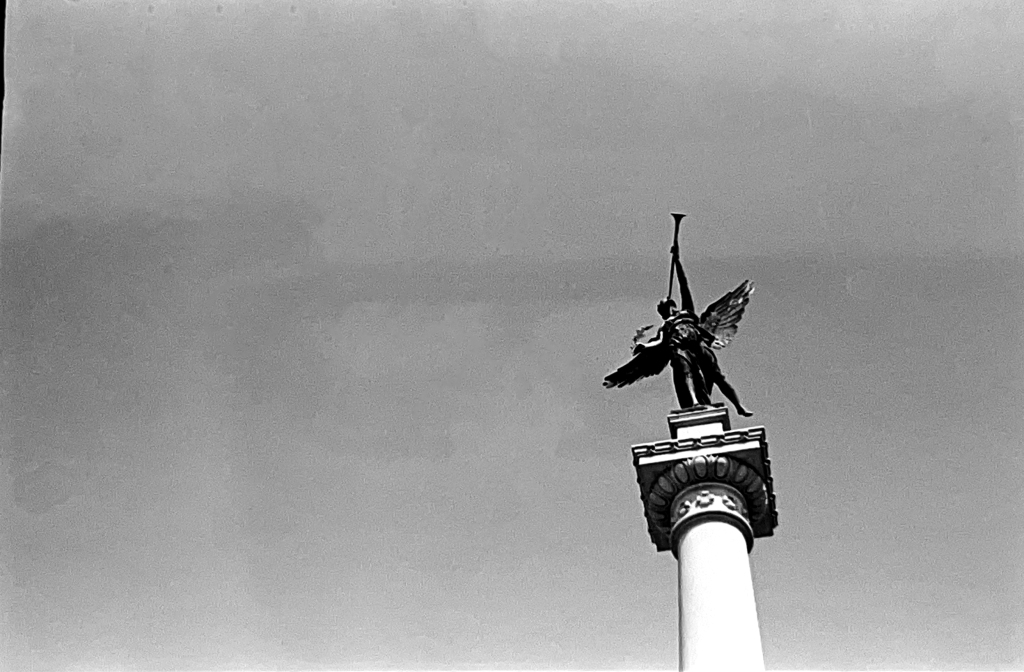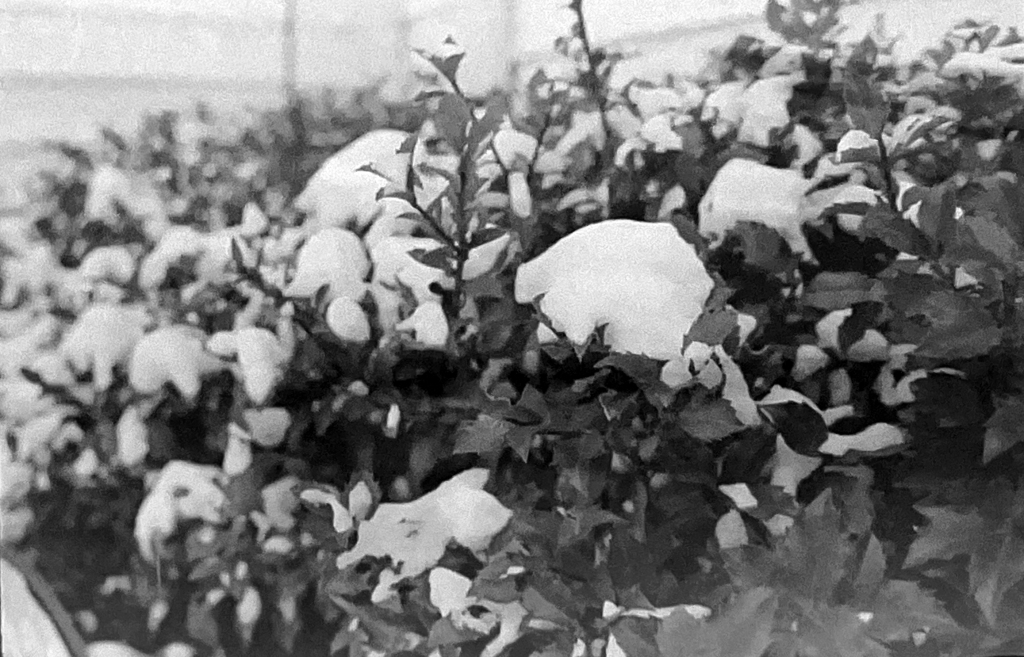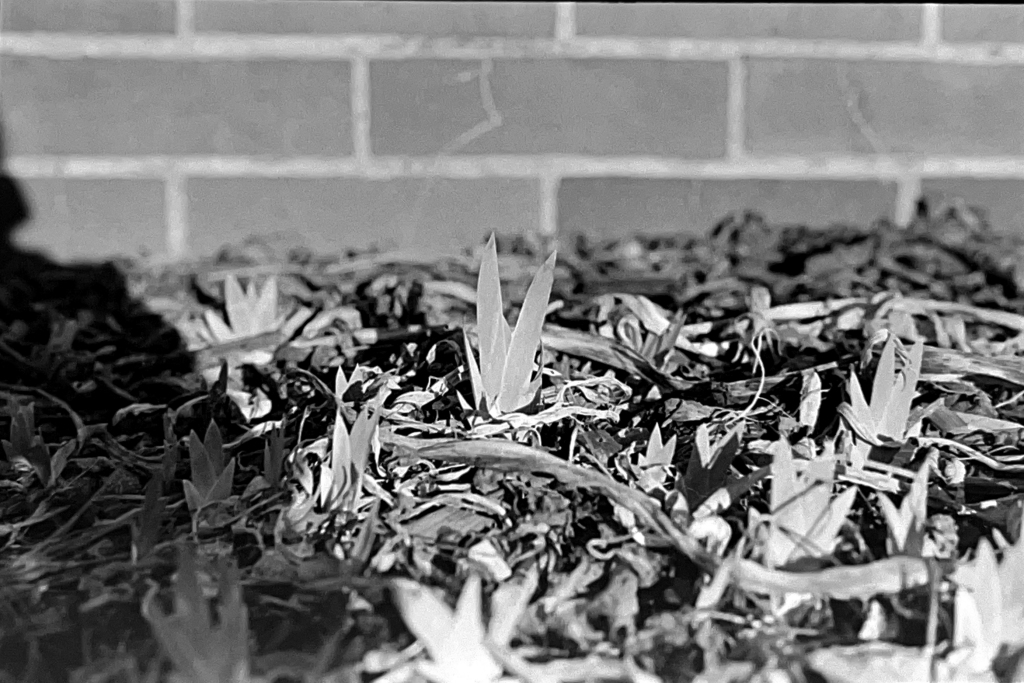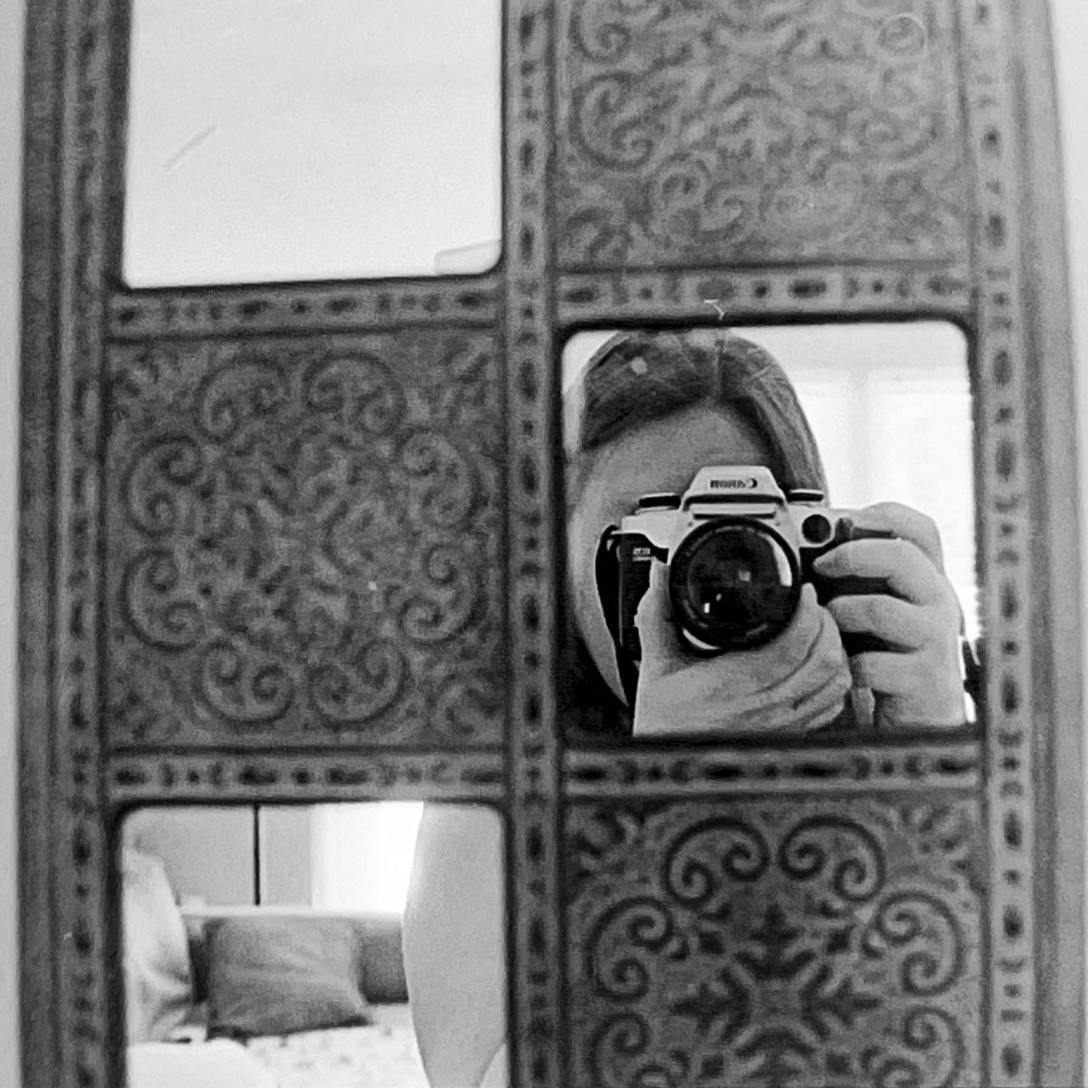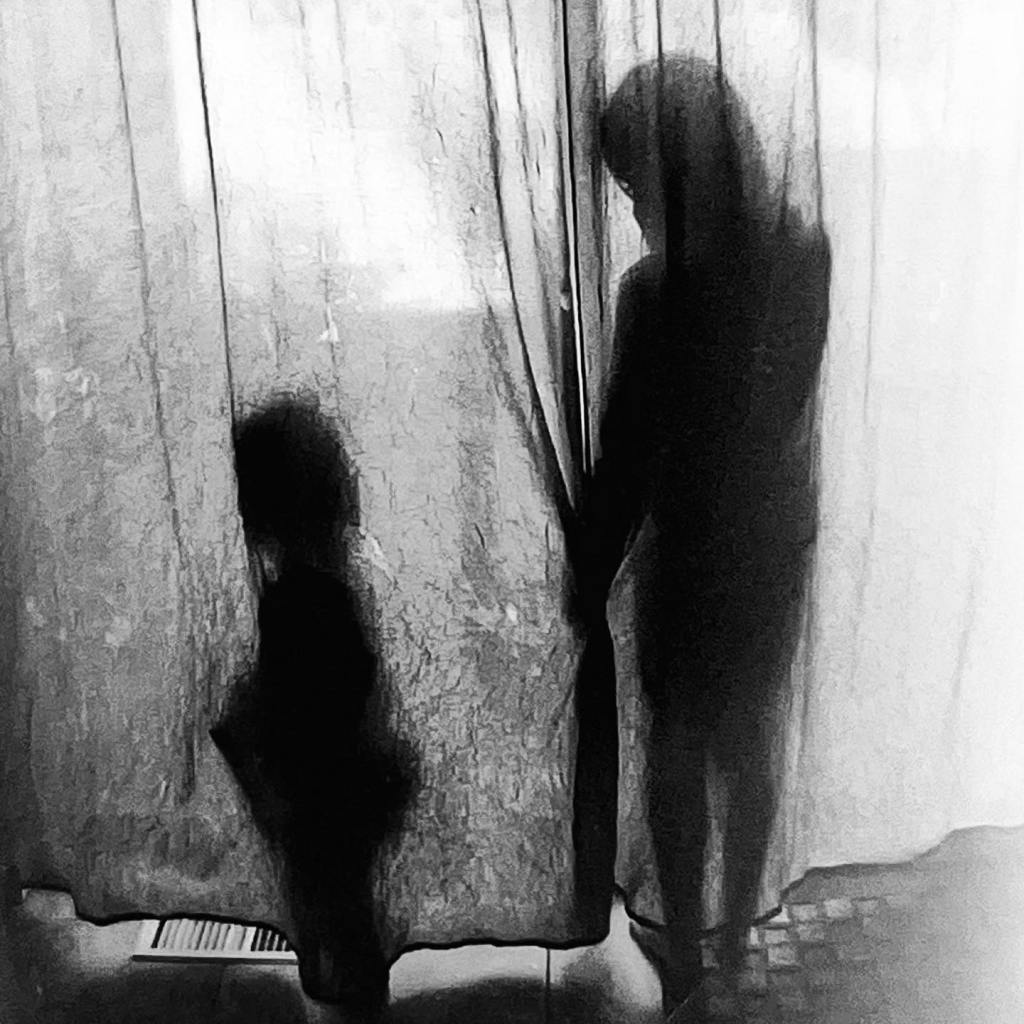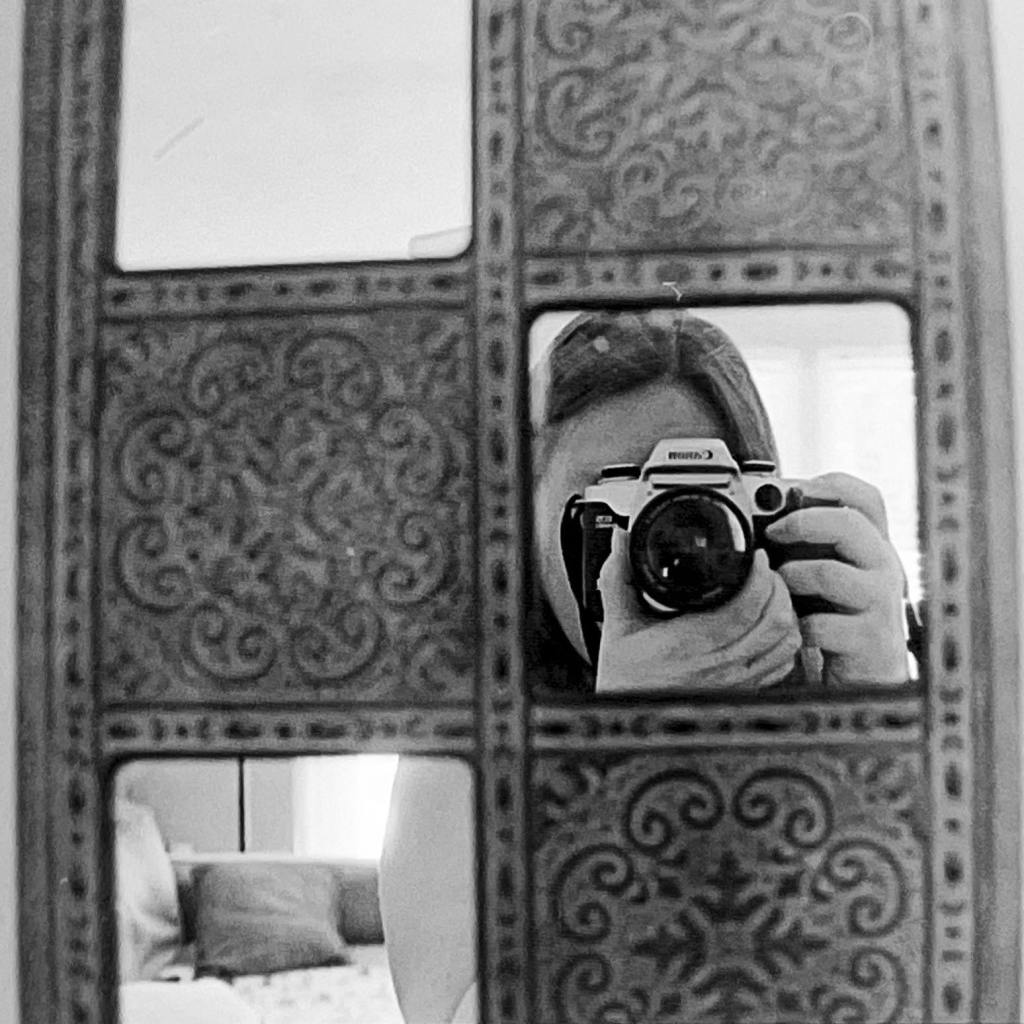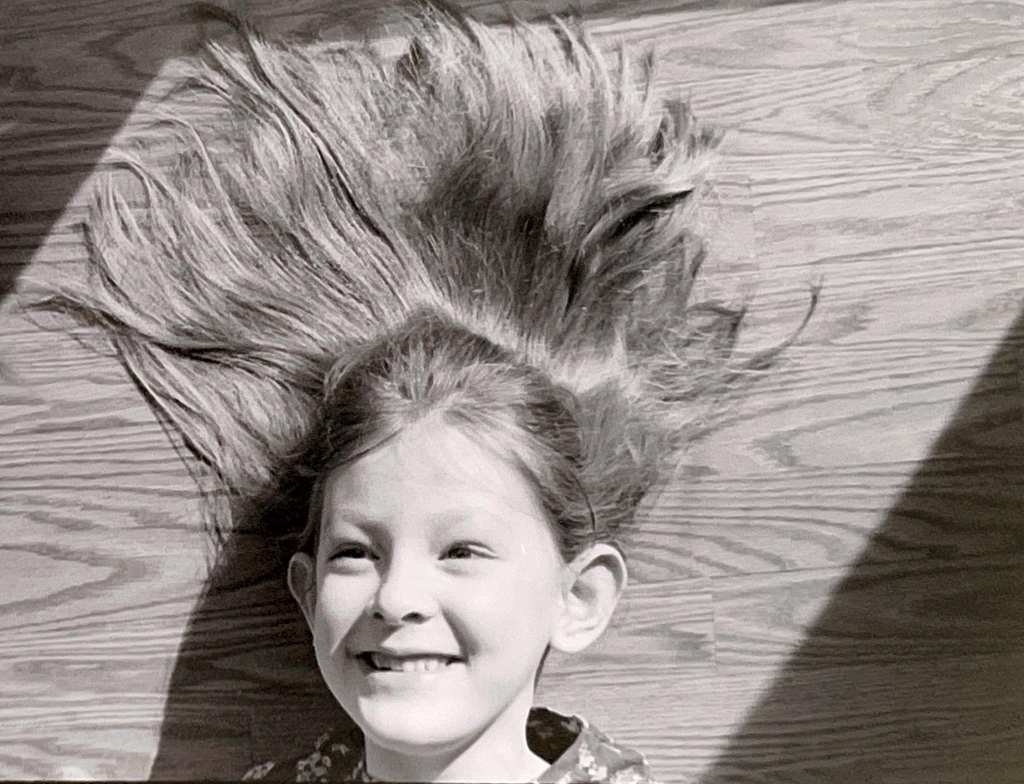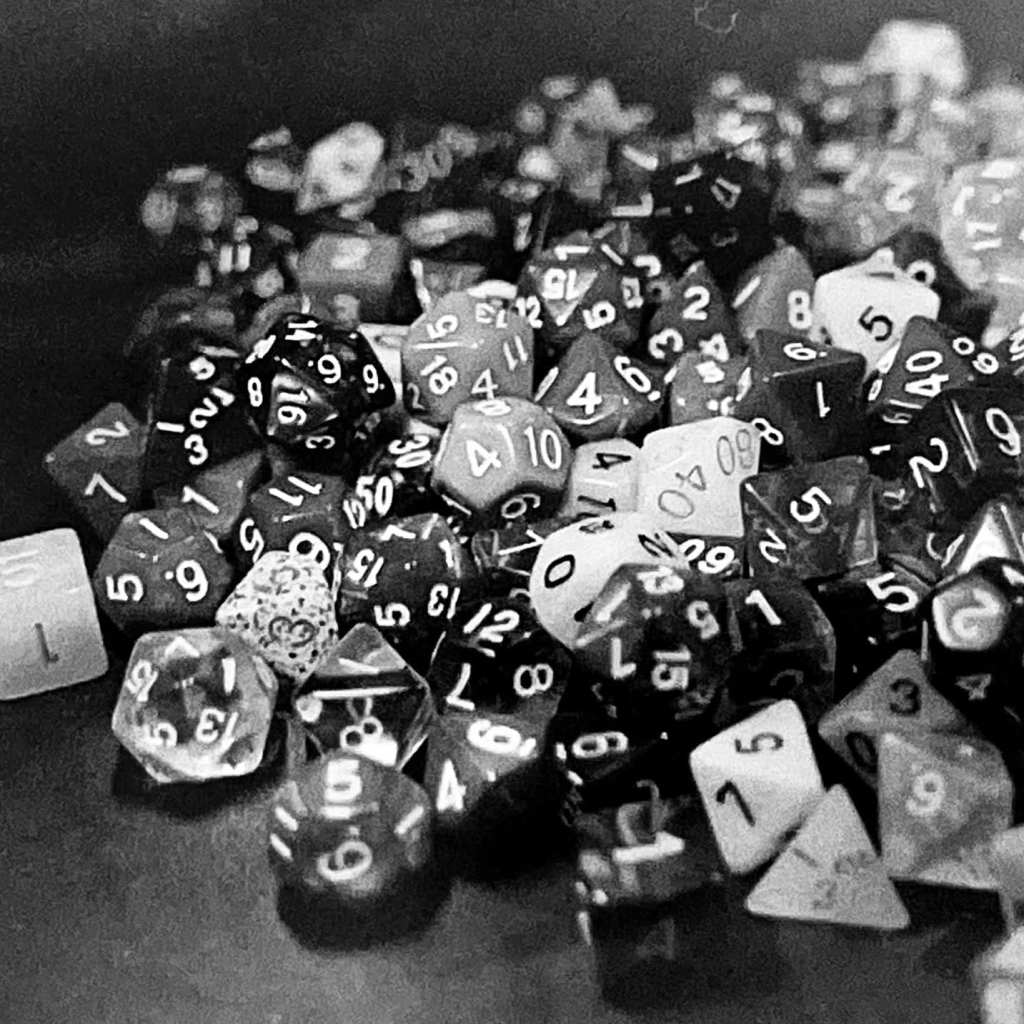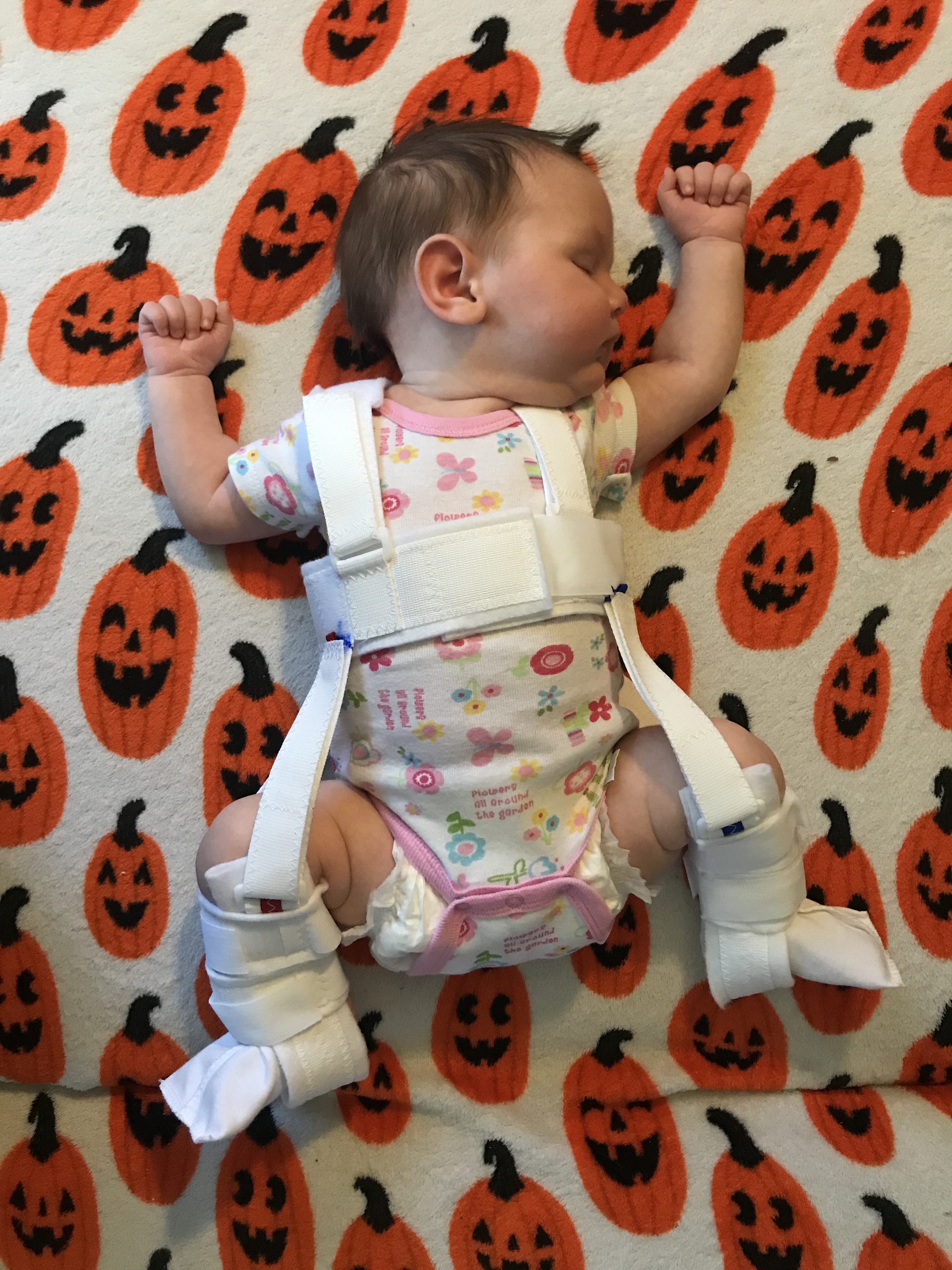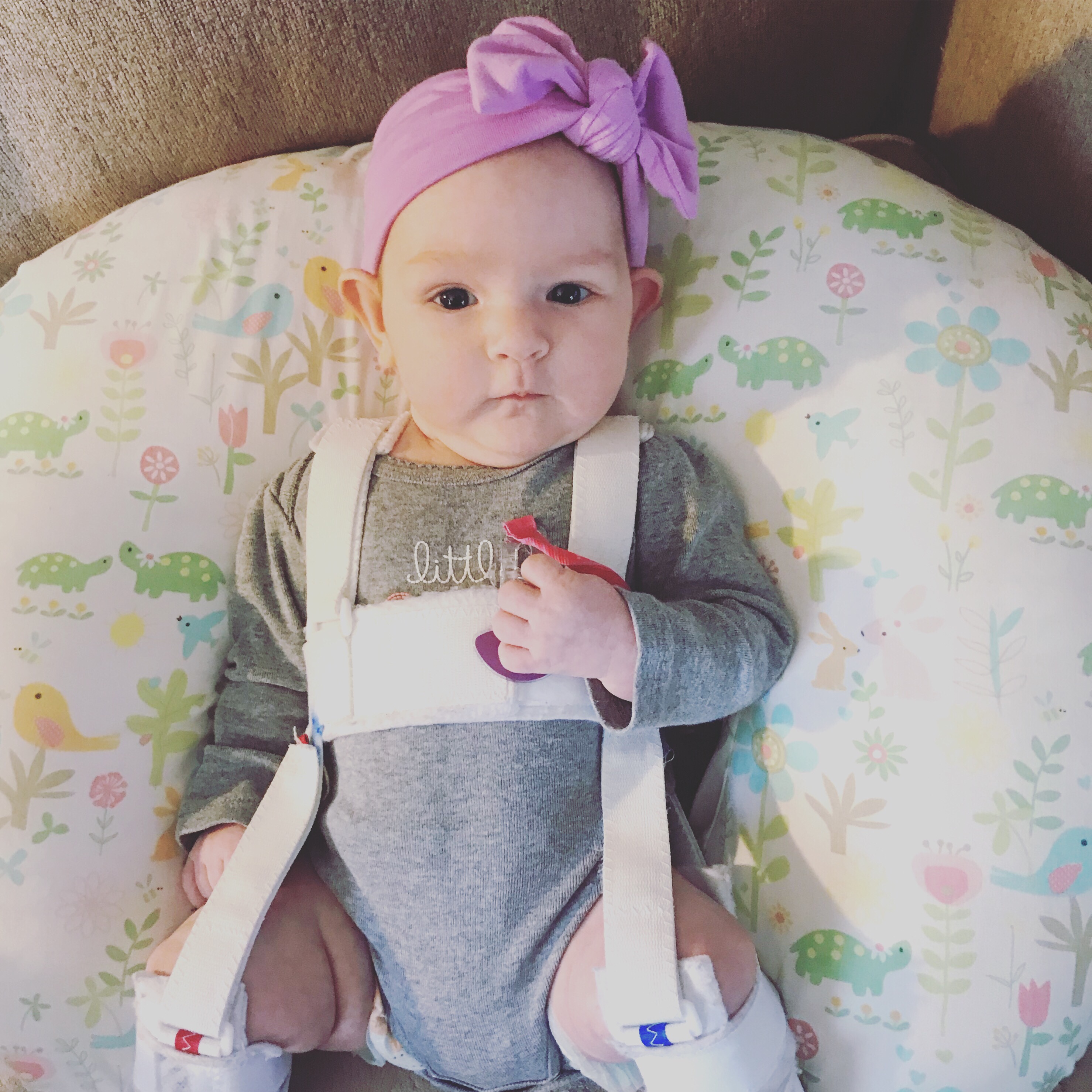Posted at lc.edu February 14, 2023
Article by: Laura Inlow, L&C Marketing and PR, linlow@lc.edu
GODFREY – In today’s knowledge economy, education providers must be nimble, innovative and ever-changing to meet the needs of 21st century learners and employers.
Lewis and Clark Community College is striving to meet its constituents where they are – and taking a hard look at its offerings, modes of delivery, and potential access barriers in order to do just that.
On Tuesday, Feb. 7, the college welcomed guest speaker and distinguished scholar of higher education Arthur Levine, co-author of “The Great Upheaval,” for a series of discussions with campus and community constituents about the future of higher education, and the future of Lewis and Clark.
“Team members, faculty, students and even community guests were engaged and inspired by Levine’s keen insights,” said L&C President Ken Trzaska, who learned of and met Levine previously through a new presidents’ program he attended at Harvard while president at Seward County Community College in Kansas.
The two reconnected at last year’s Higher Learning Commission meetings in Chicago.
“It is reassuring that the college is on the right track in a lot of ways, and we are energized to keep moving forward,” Trzaska said.
Levine’s book, which he co-wrote with Scott Van Pelt, looks at the future of higher education through past, present and future lenses – its transformation in the wake of the Industrial Revolution; how other industries, including movies, music and newspapers, have navigated the changing global economy and society’s increasing reliance on technology; and what colleges and universities can do to remain relevant and competitive providers of knowledge into the future.
Levine said the transformation happens in stages, beginning with criticism of the current model for higher education, followed by denial, then experimentation and the emergence of new models – that’s where higher education is today. In the wake of the Industrial Revolution, multiple models were born, including technical colleges, research universities and junior colleges (predecessors of today’s community colleges), among others. It’s not completely clear which models will prevail this time around, but Levine says L&C’s outlook is good.
“I’m here because I believe this institution could be one of those models,” Levine said.
“The Great Upheaval” has been an inspiration to many on campus and reads like a blueprint for some of the changes Lewis and Clark is putting into motion to better serve its students and the greater community.
Levine’s campus visit, made possible by funding from the L&C Foundation, was packed with opportunities for L&C leadership, team members, students and others in education to glean additional insights from Levine and become a part of the conversation.
Competency-Based Education (CBE)
One of the biggest pushes Lewis and Clark has made since Trzaska joined the team has been a deep investment in the future of Competency-Based Education, which focuses on skills learned rather than time spent learning those skills. This kind of outcomes-based education is the future of higher education in the knowledge economy, as opposed to the industrial-era focus on seat time, Levine said.
The college currently offers a CBE pathway in Welding Technology, alongside the more traditional path, and is working to offer CBE pathways in additional programs, including Information Technology. General education CBE courses are in the works. Professor of Literature Jen Fuhler has become an early leader in this area, creating CBE courses in both English and literature. They’re not currently on the schedule, but will be soon, said Vice President of Academic Affairs Sue Czerwinski.
While CBE courses are currently priced the same as traditional courses, Lewis and Clark is working on a potential model for offering subscription-based pay for CBE to stay competitive with Massive Open Online Courses (MOOCs) like Coursera and Udemy, and with industry brand names like Microsoft and Google, who are offering micro-credentials that are typically faster and cheaper than traditional college degrees and certificates.
“They’re driving up competition and driving down prices,” Levine said.
Those entities aren’t bound by regulations from accreditors and financial aid, as Lewis and Clark and other higher education institutions are, but Czerwinski said the college is working through that barrier.
Blendflex & Hyflex Courses
Community colleges often tout their flexibility, but Levine said the hype doesn’t always match the reality. Lewis and Clark, on the other hand, is reworking its course modes to remove access barriers for students.
One effort in that area has been an ongoing investment in flexible course offerings like Blendflex and Hyflex, which allow students more control over when and how they attend courses. In large part, these offerings came about due to the COVID-19 pandemic, but are unlikely to go anywhere anytime soon.
“COVID wasn’t a disruption, it was an accelerator,” Levine said. “We can’t ever go back to the way it was.”
Blendflex courses add a virtual component, so students can attend lectures via Zoom or other collaborative learning tools, rather than in person. It also allows them to switch back and forth between course modes throughout the semester according to their needs and their schedule. Hyflex courses take flexibility a step further, adding an asynchronous online component, so students don’t have to attend class at specific times at all.
Currently, several degree and certificate programs can be completed entirely online or in these flexible course modes, including, but not limited to Accounting, Child Development, Criminal Justice, Management, Social Media Management and Paralegal.
Many of the courses in Graphic Design and Web Design and Development are offered in Hyflex mode, according to Assistant Professor and Coordinator Louise Jett. Currently, each course has two sections – an online asynchronous section and a Blendflex section (face-to-face + online synchronous). Students in the online section have access to video recordings from the Blendflex sections and can watch the lessons anytime. Online students can also join the Blendflex classes in person or on Zoom when they want, but they are not required to do so like the Blendflex students.
“Hyflex is really a game-changer, especially for working adults,” Jett said. “A lot of non-traditional students, especially, are working full-time jobs during the day, and some are parents. With an online asynchronous option, they can be students at night or whenever it makes sense for their lives.”
Levine’s advice for Lewis and Clark is to focus on the 5Cs: consumers, convenience, content, connections and cost.
The college is actively seeking out innovative ideas and incentivizing faculty through a Teaching and Engagement Model, or TEM. The model, introduced in 2022, includes release time for faculty to work on projects that increase access for students – which might include curriculum conversion to CBE, recruitment of non-traditional students, expansion of programs and/or increased program offerings. There are currently 8-10 faculty members participating in the pilot program this year.
“It’s an opportunity to try something different, something new, with some release time from teaching,” Czerwinski said. “But the common theme throughout everyone’s projects is about making our programs and offerings more accessible.”
Students’ tastes and needs are changing, and the college must change with them. More and more are looking for cheaper, faster paths to a good career; anytime/anyplace, 24-hour access to professors, support and content; individualization; and lots of choices. Whereas today’s degrees are oftentimes “just-in-case” education, tomorrow’s focus will be on “just-in-time” education, Levine said.
The consumers themselves are changing as well. Though higher education will continue to cater to traditional students right out of high school, a pool of potential students for this new type of education includes first generation college students, working adults, parents, and others who may not see themselves as “college material.”
“Some don’t know what we do, or they just can’t see themselves here,” Levine said. “Some have jobs, some have families – there are a gazillion reasons why not. We have to tell them why.”
Lifelong learning is another big focus. Because of today’s shorter half-life of knowledge and technology, students may be in and out the door more quickly, but they are also more likely to continue coming back for additional reskilling and upskilling over the course of their lifetimes, Levine said.
Levine suggested that Lewis and Clark must be inextricably intertwined with its community in order to continue distinguishing itself from the crowd. That’s one big focus of the college’s current strategic plan, with Key Direction 4 looking to broaden community and educational collaboration throughout the district and region.
“Levine’s visit was incredibly inspiring,” Czerwinski said. “There’s a transformation underway and we really believe that Lewis and Clark is poised to be a leader in shaping what education at a community college looks like in the next decade.





